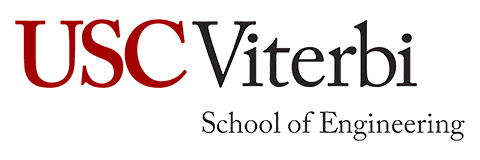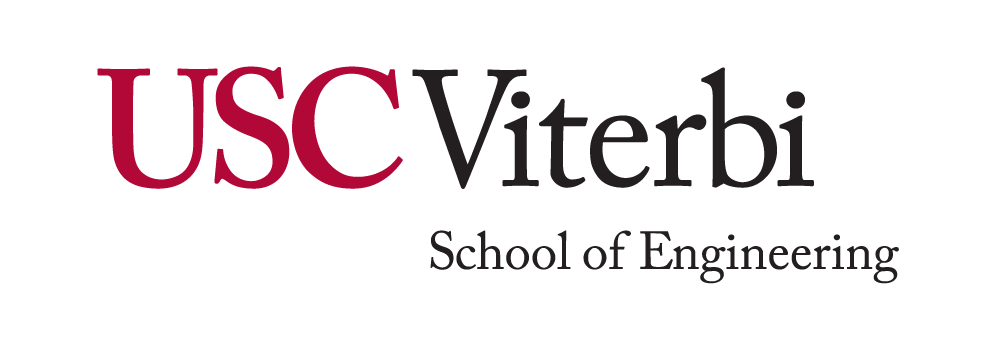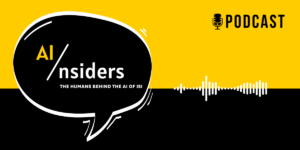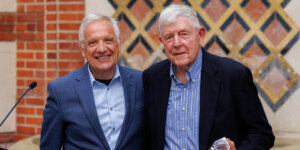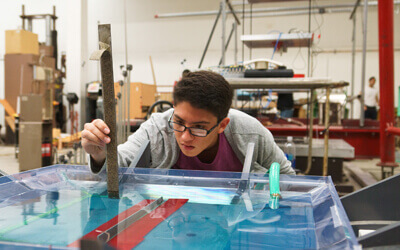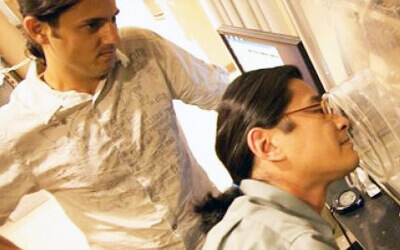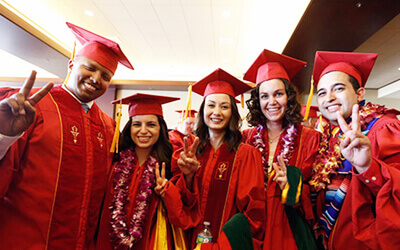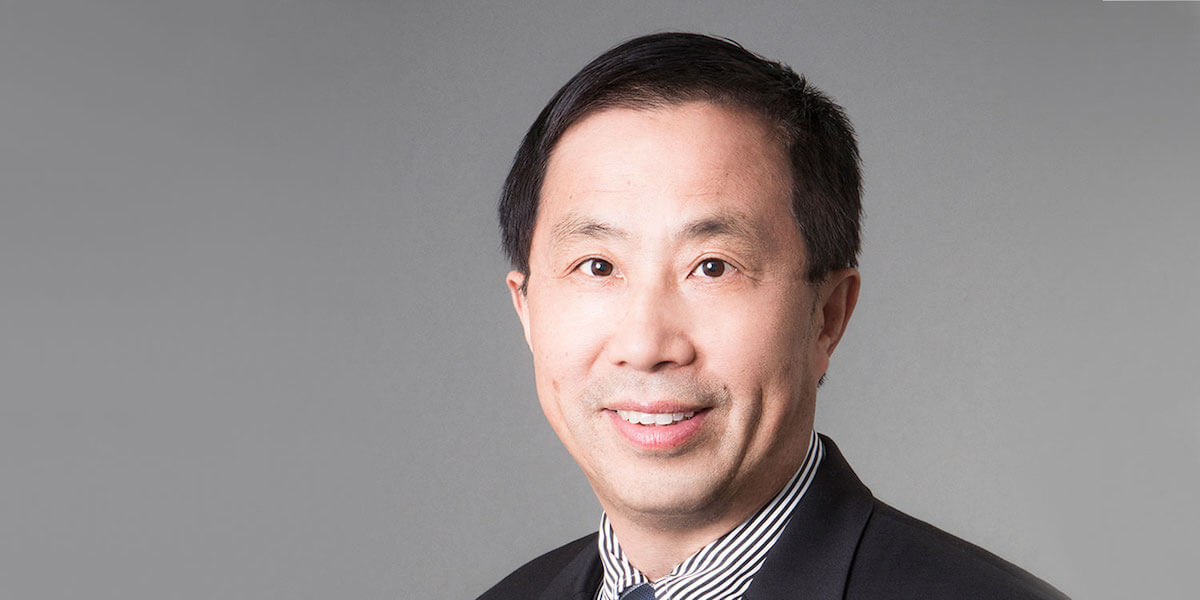
Professor in the Alfred E. Mann Department of Biomedical Engineering Qifa Zhou. Photo/Will Taylor
USC Viterbi School of Engineering professor Qifa Zhou has been announced as a 2025 recipient of the Golden Axon Leadership Award, to be presented at the Gathering For Cure Gala of the World Brain Mapping Foundation at the Millenium Biltmore Hotel in Downtown Los Angeles on March 1, 2025. Zhou, the Zohrab A. Kaprielian Fellow in Engineering and professor of biomedical engineering and ophthalmology, is a pioneer in medical imaging technology harnessing high-frequency ultrasound. This prestigious honor underscores Zhou’s enduring impact on biomedical ultrasound engineering and medical ultrasound imaging.
Zhou has also been named chair of the Neurotech subcommittee of the 22nd Neurotech (MedTech, BioTech, PharmaTech and CellTech) convention of the Society for Brain Mapping and Therapeutics (SBMT), which will be held at the Los Angeles Convention Center from February 27 – March 2, 2025.
“We are delighted to announce that the board of SBMT has confirmed Qifa Zhou’s appointment to the board due to his world-class scientific work and remarkable leadership shown during the past year creating one of the finest neurotech programs in the world in this convention,” said Babak Kateb, Chairman of the Board, CEO and Scientific Director of SBMT and President of WBMF.
The Golden Axon Award, named after the neural fiber that transmits messages between cells, celebrates individuals outside the medical community who demonstrate exceptional dedication to promoting scientific and medical advancement. The award acknowledges Zhou’s efforts in raising awareness and support for brain mapping research and technology development.
“I am honored to receive this recognition on the ultrasound stimulation on the retina for vision restoration” said Zhou, who holds joint appointments in the Department of Biomedical Engineering and Department of Ophthalmology at the Keck School of Medicine of USC.
Zhou’s research has revolutionized medical imaging capabilities, particularly in the development of high-frequency ultrasound technology. His laboratory was the first to develop high-sensitivity PMN-PT single crystal transducers for ultrasound and photoacoustic imaging, enabling unprecedented, detailed visualization of blood vessels, cancer tissues, and ocular structures.
As a principal investigator at the NIH Resource Center on Medical Transducer Technology, Zhou has pioneered innovative approaches to medical imaging. His recent work includes ultrasonic therapeutic technology for retinal stimulation to restore sight and developing novel tools for measuring elastic properties of retinal and corneal tissue.
Zhou has published more than 340 peer-reviewed papers in prestigious journals, including Science, Nature Medicine, Nature Biomedical Engineering, Nature Photonics, Nature Communications, Science Robotics and Science Advances. His research has earned him fellowships in the International Society for Optics and Photonics (SPIE), the Institute of Electrical and Electronics Engineers (IEEE), and the American Institute for Medical and Biological Engineering (AIMBE), along with numerous academic accolades. He is a senior member of the National Academy of Inventors.
Zhou’s expertise is widely recognized in the scientific community, as evidenced by his role on the Technical Program Committee of the IEEE International Ultrasonics Symposium and his position as Associate Editor of the IEEE Transactions on Ultrasonics, Ferroelectrics, and Frequency Control. Zhou joined USC in 2002, where his research has consistently pushed the boundaries of medical imaging technology, recently earning recognition including a 2023 best paper award at the International Conference on the Ultrasound Engineering for Biomedical Applications, a 2022 USC Viterbi Senior Research Award, a 2022 BME Frontiers Best Paper prize and 2024 USC Viterbi Use-inspired Award. He will be Chair for the 2027 International Congress on Ultrasound in Los Angeles.
The SBMT convention will host nearly 1000 presentations, covering conditions including neurotrauma, brain cancers, cerebrovascular disorders, neurodegenerative disorders, and more. The convention features new technologies and innovations including stem cell therapy, nanomedicine, robotics, neurophotonics, ultrasound and imaging, AI and predictive modeling and quantum computing.
The event is also an opportunity for students, staff, and faculty to participate and network, and free admission is available for all USC graduate and undergraduate students.
Published on February 10th, 2025
Last updated on February 10th, 2025
